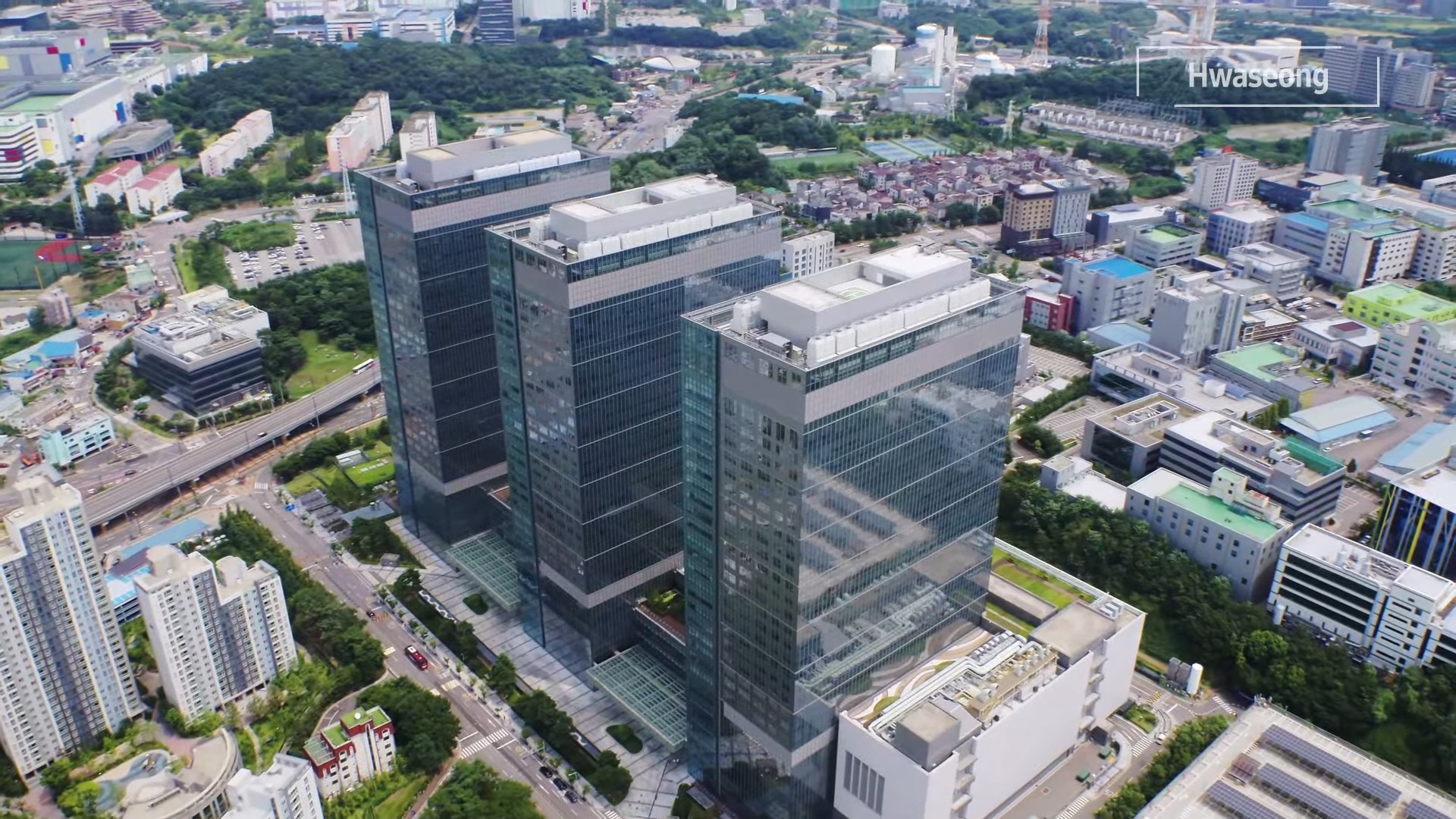Samsung to Reduce NAND Flash Production to Balance Supply and Demand

Samsung has had a great year, when it comes to the production of NAND flash memory, and now the company’s inventory is above the appropriate level. Due to this, the company has announced to bring its NAND inventory back to a balanced level by the end of the year.
This is being done to simply cut back on resources, and balance supply and demand. Recently, a lot of analysts have said that the NAND flash market is expected to remain weak in the near future. Judging by this, Samsung’s decision, and it’s reason for over-reaching its expected goal makes a lot of sense.
One crucial part of Samsung’s strategy is to focus on the 21-layer stacked sixth-generation V-NAND (V2) with a substantial inventory volume. This’ll also give them a bit of an edge when they resume production with full-capacity.
To reduce it’s inventory, Samsung plans to cut its wafer input by a mere 10% in the second half of the year (wafer input is the amount of silicon wafers that a company uses to produce semiconductors.)
The reduction in wafer input will directly lead to a decrease in semiconductor shipments and supply. This is why it is considered a more effective way to balance supply and demand than simply delaying shipments.
This approach, often referred to as “artificial production reduction,” is different from other ways that elongate production times, to essentially delay the shipments. Instead, it directly reduces the supply of semiconductors, which helps quickly restore the balance between supply and demand.
Like mentioned earlier, Samsung has taken this step due to the current oversupply in the market. A research firm, named TrendForce has recently reported a substantial drop in NAND prices over the past year, with some products even experiencing as big as an 82% decrease in price in just 14 months. The main reason, they say, for this is the slowing down of the smartphone market, aggravated by global economic challenges.
It’s not just Samsung, but it’s competitors in the industry are also taking steps to address this supply-demand imbalance. SK hynix has announced to reduce NAND production by 5 to 8% in the second half of the year, while Micron has significantly cut its NAND wafer input. Similarly, Japan’s Kioxia has also cut back on production.
This is all we know for now, but rest assured that we will keep you updated as new information becomes available.





